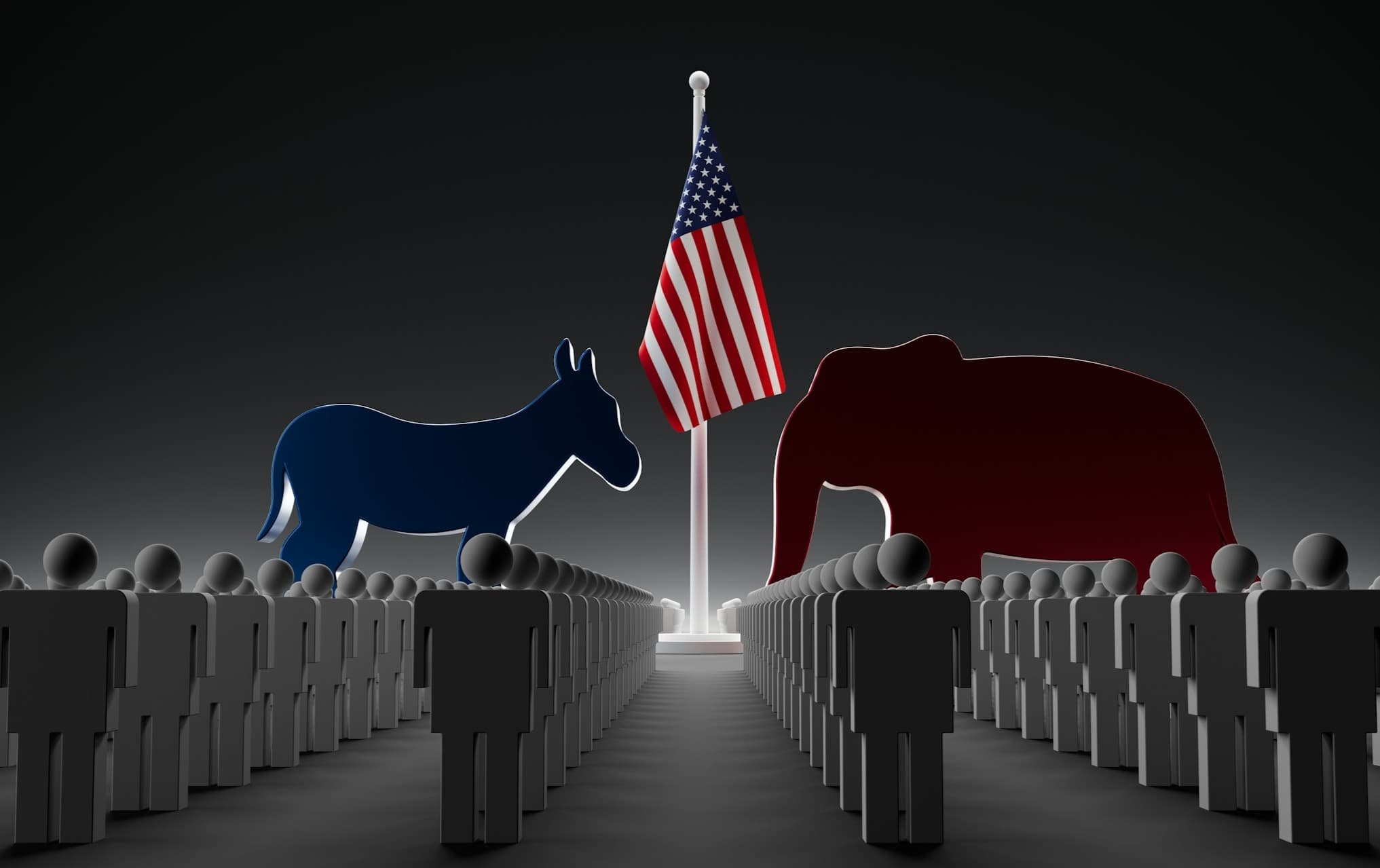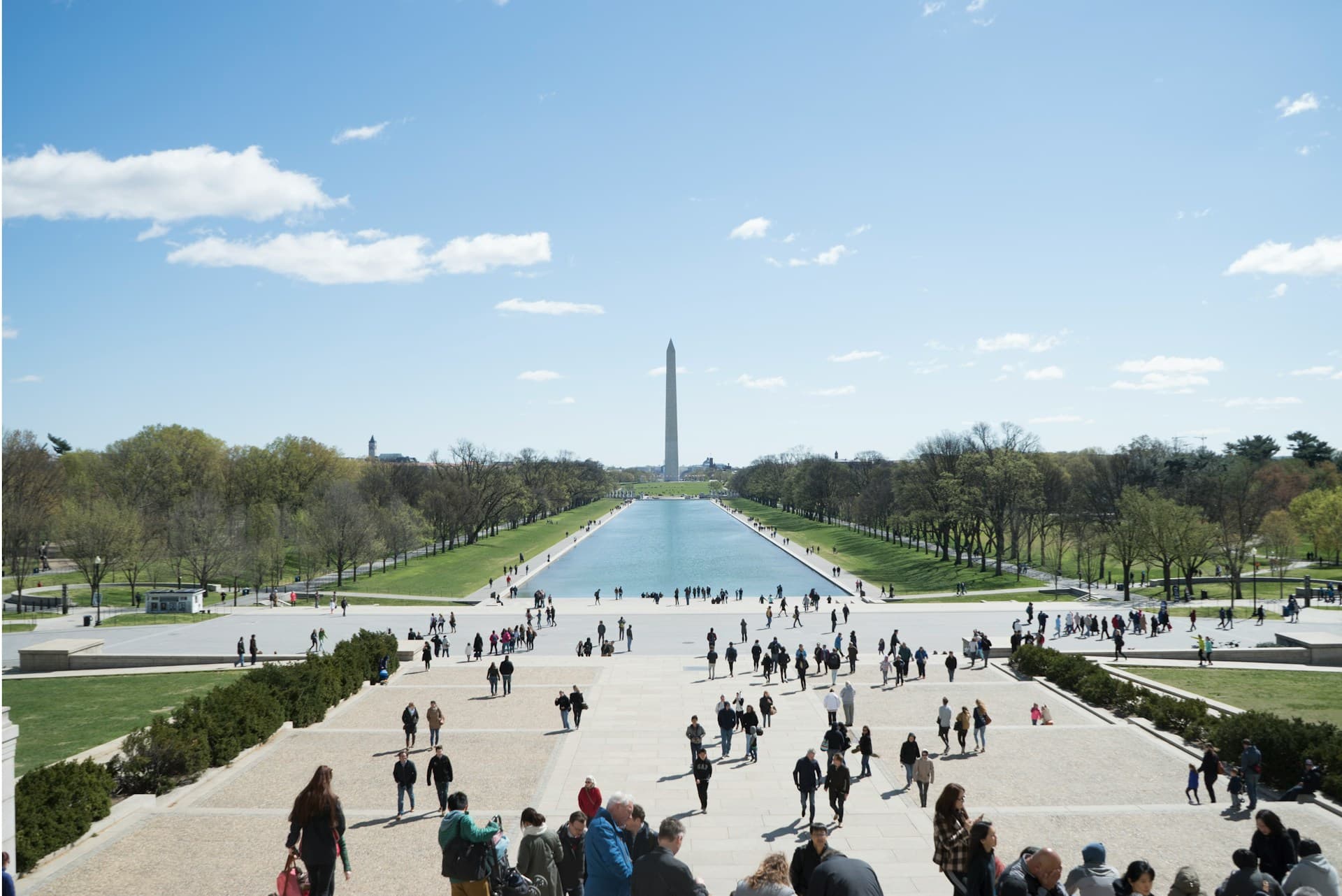NYC Mayor Eric Adams Once Benefited from Ranked Choice Voting -- Now It May Be His Undoing

NEW YORK CITY, N.Y. — For the second time in history, New York City voters will use ranked-choice voting (RCV) to determine their party nominees in the citywide primary elections held this June.
This system, first implemented in 2021, presents a unique challenge for Mayor Eric Adams’ bid for re-election: Specifically, he may need to rely on voters' second- and third choice support in order to hold onto his position.
A Closed Democratic Primary: No Independents Allowed
Importantly, Adams clarified recently that he will be running in the closed Democratic primary, meaning only registered Democrats can vote.
Unlike other states that allow independents or unaffiliated voters to participate in primaries, New York excludes independents unless they formally switch their registration to the Democratic Party before the appointed deadline.
In 2025, this deadline was February 14. This means Adams' fate will be decided solely by registered Democratic voters, without input from the city’s large independent voter bloc.
READ MORE: NYC Didn't Show Independent Voters Much Love This Valentine's Day
This dynamic could work against Adams, as many independents and moderate voters who might support Adams in a general election will not have the opportunity to vote in the primary.
Instead, he will have to consolidate enough support within the Democratic electorate — one that has grown increasingly divided over his policies.
How Ranked-Choice Voting Complicates Adams’ Path
RCV was overwhelmingly approved by New York City voters in 2019 with 72% backing Ballot Question 1, but only in primary elections. It replaced the previous plurality-based system.
Under RCV in NYC, voters can rank up to 5 candidates in order of preference. If no candidate wins more than 50% of first-choice votes, the last place finisher is eliminated. Their voters' next ranked choices are then applied to the results.
This process continues until one candidate secures a majority and wins.
In 2021, Adams did not receive a majority in the first round but ultimately prevailed after eight rounds of counting. If Adams fails to reach 50% in the first round in 2025, the very system that elected him could unseat him.
Adams will need to rely on coalition-building and the ability to appeal beyond his core supporters in order to win. In other words, he will need to pick up second- and third-choice votes -- a difficult task in the current political climate.
The 2025 mayoral primary features a crowded field and many of his challengers are running as vocal critics of his administration, particularly on issues like crime, housing affordability, and his handling of the migrant crisis.
These candidates also have high name recognition.
On top of these challenges, progressive groups like the Working Families Party are reportedly strategizing to consolidate opposition against Adams by urging their preferred candidates’ supporters not to rank him at all.
If their efforts succeed, it could deny Adams the crucial second and third-choice votes needed to survive the final rounds of counting.
Meanwhile, speculation continues about the potential addition of other high-profile entrants into the race, including former New York Governor Andrew Cuomo.
Some political analysts believe that Cuomo could benefit from RCV by drawing strong first-choice support while also being palatable enough to attract key second-choice votes from moderate and conservative-leaning Democrats.
RCV and Voter Turnout: Debunking Voter Suppression Myths
An analysis of the 2021 mayoral primary results from Citizens Union found that just under 15% of voters across the city had inactive ballots in the final elimination round under RCV.
By comparison, in the 2013 Democratic mayoral primary, 33% of voters cast ballots for candidates who didn’t make it to the top two spots. The decrease in what the report called “wasted” ballots was consistent across nearly every race in the 2021 primary.
Moreover, voter turnout increased significantly under RCV. Nearly 1 million voters participated in the June 2021 primary, compared to just over 772,000 in the 2013 mayoral primary—a 29% increase in citywide turnout.
This data further highlights the argument made by RCV advocates that the introduction of the voting method did not suppress voter participation -- but rather coincided with an increase in engagement.
Exit polls commissioned by Common Cause -- released in late June 2021 -- reinforced these conclusions. Among nearly 1,700 Democratic voters surveyed:
- 78% said they understood ranked-choice voting “extremely or very well.”
- Most ranked at least three candidates in the mayoral primary.
- 95% found the ballot simple to complete—a trend that held true across ethnic groups.
Ester Fuchs, a political science professor at Columbia University’s School of International and Public Affairs, noted that NYC has "a civic engagement problem" that RCV is clearly addressing.
"We have a problem that not enough people are taking an interest in elections. That precedes ranked-choice voting. And clearly, ranked-choice voting did not make it worse, because turnout went up,” Fuchs said.
Taken together, these findings indicate that much of the criticism surrounding RCV may be politically motivated rather than reflective of voter sentiment.
Esmerelda Simmons, a civil rights attorney and executive director of the Center for Law and Social Justice at Medgar Evers College, emphasized that New Yorkers quickly adapted to the new system.
“That’s because New Yorkers are smart, and if somebody tells them that they can have five bites of the apple, then most people will take five bites,” Simmons said.
“Some people are used to only taking one bite and only take one bite, but I bet you the second time [ranked choice voting] goes around… they’re going to take five bites.”
The 2025 mayoral primary will be another test of RCV’s impact on New York City elections. Early voting in New York City will occur from Saturday, June 14, 2025, to Sunday, June 22, 2025.
Primary Day is Tuesday, June 24, 2025. Polls are open from 6 am-9 pm. Find your poll site.
 Cara Brown McCormick
Cara Brown McCormick






